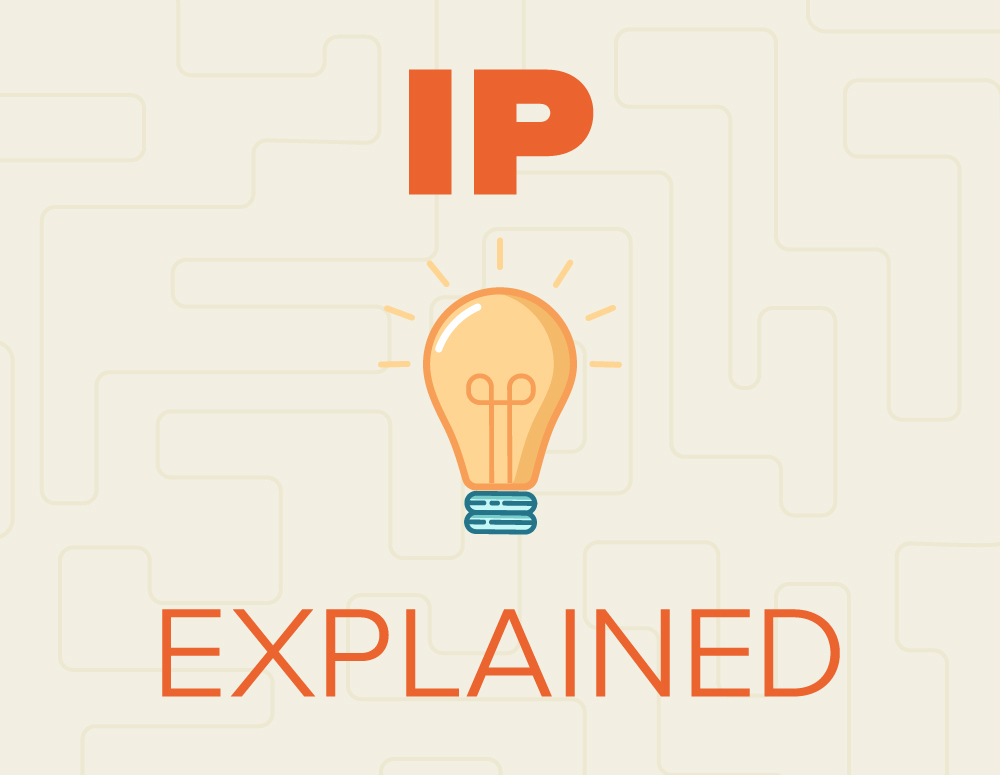In today’s IP Explained post, we’re taking a closer look at Section 101 of the United States Patent Act and how proposed reforms could both level the playing field for innovators across all sectors and ensure the U.S. remains the global leader in biopharmaceutical innovation.
Section 101 defines which kinds of inventions qualify for patent protection and states that patent protection can be sought for any invention or discovery of a “new and useful process, machine, manufacture, or composition of matter, or any new and useful improvement thereof.” The scope of Section 101 is intended to be broad, flexible and encompass a wide range of inventions. According to the Supreme Court, “Congress intended statutory subject matter to ‘include anything under the sun that is made by man[i].’” Over time, however, the Supreme Court has created judicial exceptions that have been poorly defined and inconsistently applied by the courts.
The Supreme Court’s exceptions have indicated that inventions may not eligible for patent protection if they claim natural phenomena, laws of nature, or abstract ideas, even if the invention as a whole goes beyond the exceptions. While this concept was intended to be applied narrowly, in reality it has impacted the progress of innovation across all R&D intensive industries. For example, patents relating to diagnostic technologies, which help target personalized medicines for patients, have been impacted by such exceptions, with some courts rejecting eligibility for inventions they stated were important.
As a result, there is uncertainty across technological fields as to which inventions may or may not be eligible for patent protection. There are also innovators in fields like the computer technology space that are also concerned about the uncertain state of patent eligibility law in the United States. When making investments in R&D, innovators – particularly those in technology-intensive industries – must be able to rely on clear, strong and consistent application of patent laws.
Congress is now looking at bipartisan legislation to make much-needed reforms to Section 101. Proposed reforms to Section 101’s subject matter eligibility provision would improve predictability in the patent system and further encourage innovation by clarifying the types of discoveries and inventions that are eligible for patent protection, without making changes to what is required for a valid patent to issue. Reforms could also increase competition and reduce overall costs to the healthcare system by encouraging the development of personalized medicine and diagnostics that allow the right treatment to get to the right patient at the right time. These proposed reforms would also stimulate the private sector to invest in innovation, economic development and job growth.
Reforms to Section 101 of the Patent Act must continue to focus on strengthening our patent system now and into the future. Learn more about intellectual property on our IP page.
[i] Diamond v. Chakrabarty, 447 U.S. at 309 (quoting S. Rep. No. 1979, 82nd Cong., 2d Sess., 5 (1952); H.R. Rep. No. 1923, 82nd Cong., 2d Sess., 6 (1952)).



